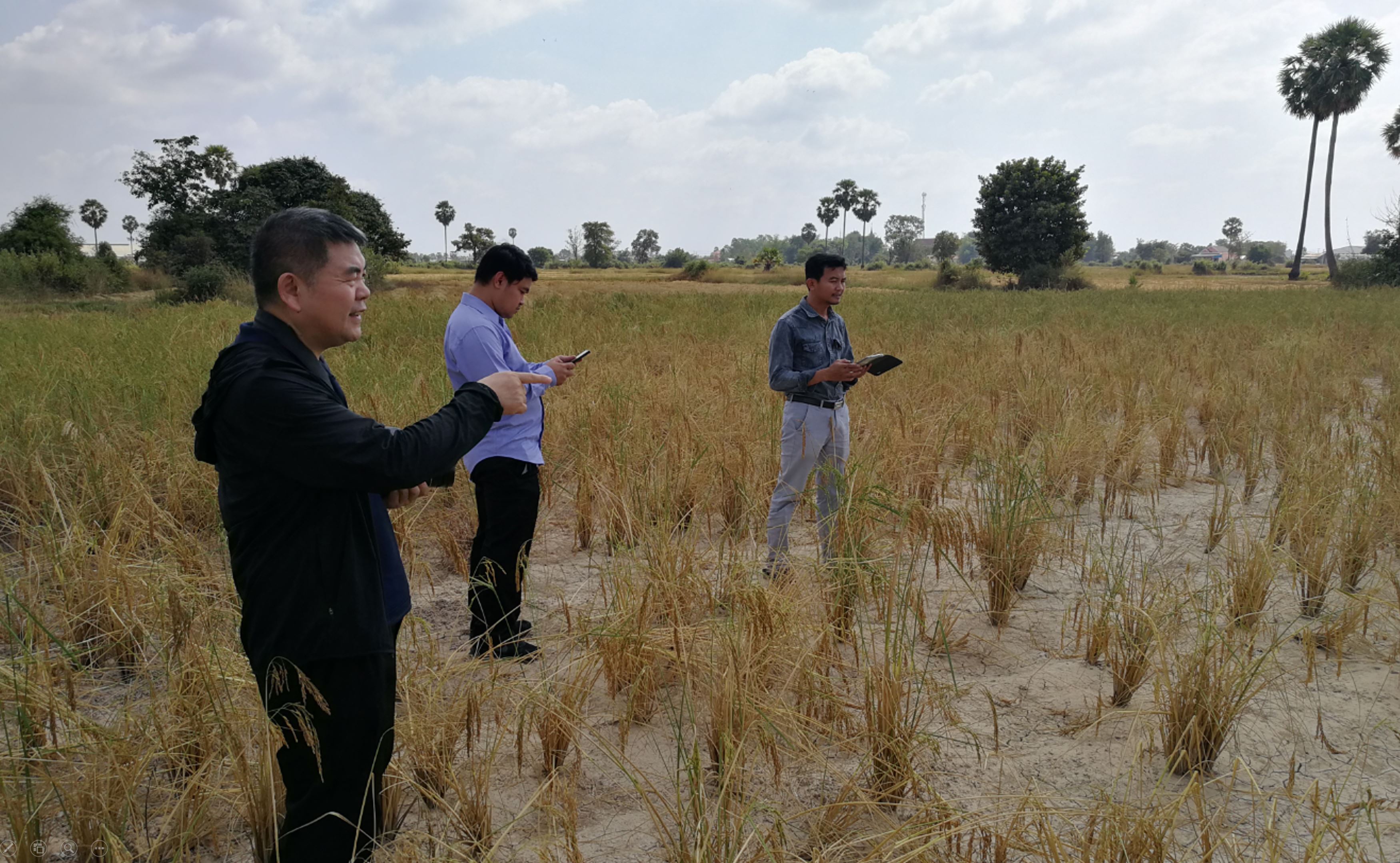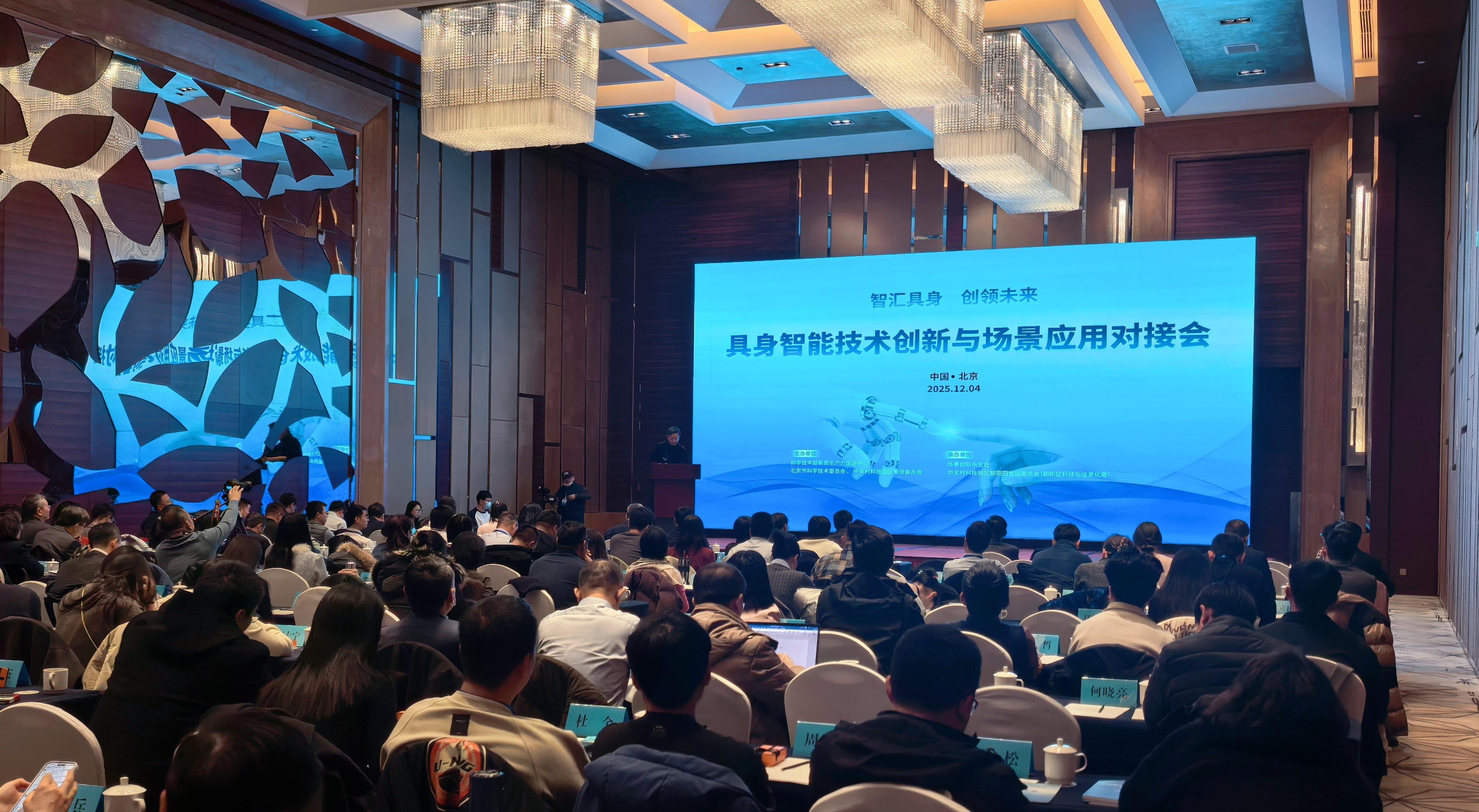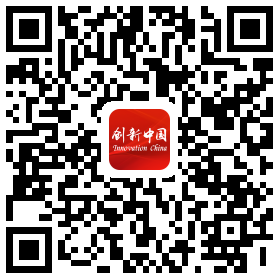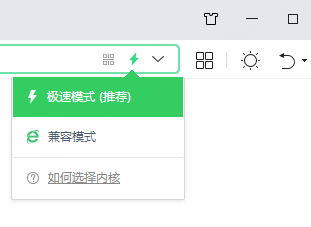Agricultural Data Revolution Empowers Global Food Security

By LIANG Yilian
The CropWatch system, a China’s revolutionary cutting-edge remote sensing based crop monitoring system, is developed by the Aerospace Information Research Institute, Chinese Academy of Sciences. Though it was initially developed in 1998 for domestic use, CropWatch has now broken down the challenges of global agricultural conditions and come up with a set of timely comprehensive solutions.
Applications from home to abroad
In 2013, CropWatch expanded its reach by introducing a participatory cloud platform for remote sensing monitoring, enabling users worldwide to engage in agricultural conditions analysis. Quarterly and annual reports in both Chinese and English have been regularly released, garnering significant global attention. According to Wu Bingfang, the team leader, the system's impact is evident, with over 170 countries downloading and utilizing the reports for analysis.
From domestic to global use, the R&D team has been put through its paces. The development journey involved dividing the world into 105 agroecological regions, each tailored to specific agricultural characteristics. Over 15 years of international cooperation, Wu's team has continually improved models to enhance the system's adaptability to diverse regional conditions.
Facilitating International Collaboration
Mongolia is one of the countries that benefit from CropWatch. “One of the biggest problems facing Mongolian agriculture is drought, and how to monitor drought is a big challenge for the country. With the support of the United Nations Economic and Social Commission for Asia and the Pacific, we have successfully customised a drought monitoring system for Mongolian conditions. Now, along with carrying out independent drought monitoring, but they can also help other countries,” said Wu.
While food price fluctuations sometimes are due to "market speculation,” in some developing countries, the lack of accurate national and global agricultural information increases the risk of making wrong food decisions.
The "soybean crisis" in 2004 made us realized that relying on foreign information alone is actually very risky, so we have to have our own sources of information,” Wu told S&T Daily. CropWatch has offered a new data option for many user countries to obtain agricultural information in the Western-dominated food world.
Wu said it is similar to a consumer shopping around when buying things, comparing the pros and cons and then making an informed decision.
“One should not impose on others what he himself does not desire” is Confucian wisdom that Wu holds close to his heart. “In the process of cooperating with different countries, I found that the country, no matter big or small, rich or poor, has a very strong sense of data sovereignty,” said Wu, adding that this was the reason CropWatch was moved to the cloud, in order to enhance the ownership of crop monitoring and improving information transparency for countries.
“The CropWatch programme is a model of South-South cooperation,” Shamika Sirimanne, director of technology and logistics for the United Nations Conference on Trade and Development, said during her opening remarks at a workshop in August.
"Its focus on long-term sustainable implementation by participating countries and the fact that it represents a true transfer of knowledge and technology make it stand out," she said, adding that “This will enable [countries] to make data-driven policy decisions."
The increase of international impact of CropWatch attributes to the long-term support of the National Remote Sensing Center of China. "Data transparency and long-term monitoring are key for users to receive and use the system. Our 25 years of continuous monitoring and 11 years of foreign service for the agricultural economy have led us to this point," said Wu. The project has been sustained by the long-term support of different departments in the country, such as the National Remote Sensing Center of China, according to Wu.
Securing Food Futures
Another move for the CropWatch team is to make more thematic analysis to show the successful cases of our agricultural practice. With less than seven percent of the world's arable land, China feeds about 20 percent of the world's population. What's the secret behind it?
For example, irrigation accounts for over 50 percent of China's arable land and more than 70 percent of our total food production. Despite this significant contribution of irrigation, only about 24 percent of the world's arable land is irrigated, which is one of the major reasons for the volatility of global food production, according to Wu.
"Why do China and India prioritize irrigation while many other countries invest significantly less in this crucial practice? It's a query often overlooked, yet its impact on global food security is paramount. We must articulate the critical factors steering global food security and generously impart China's insights to our global counterparts," said Wu.







